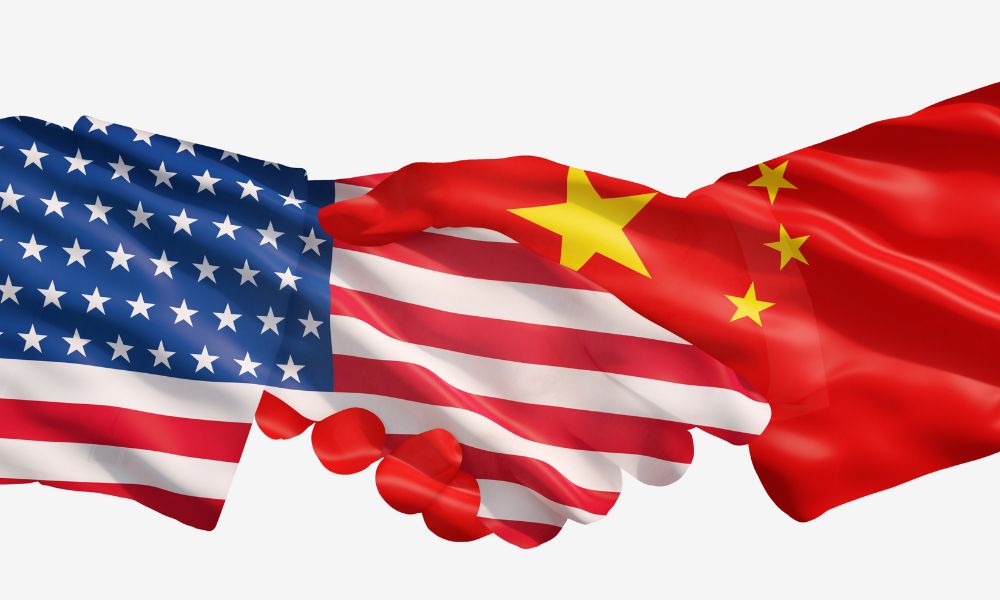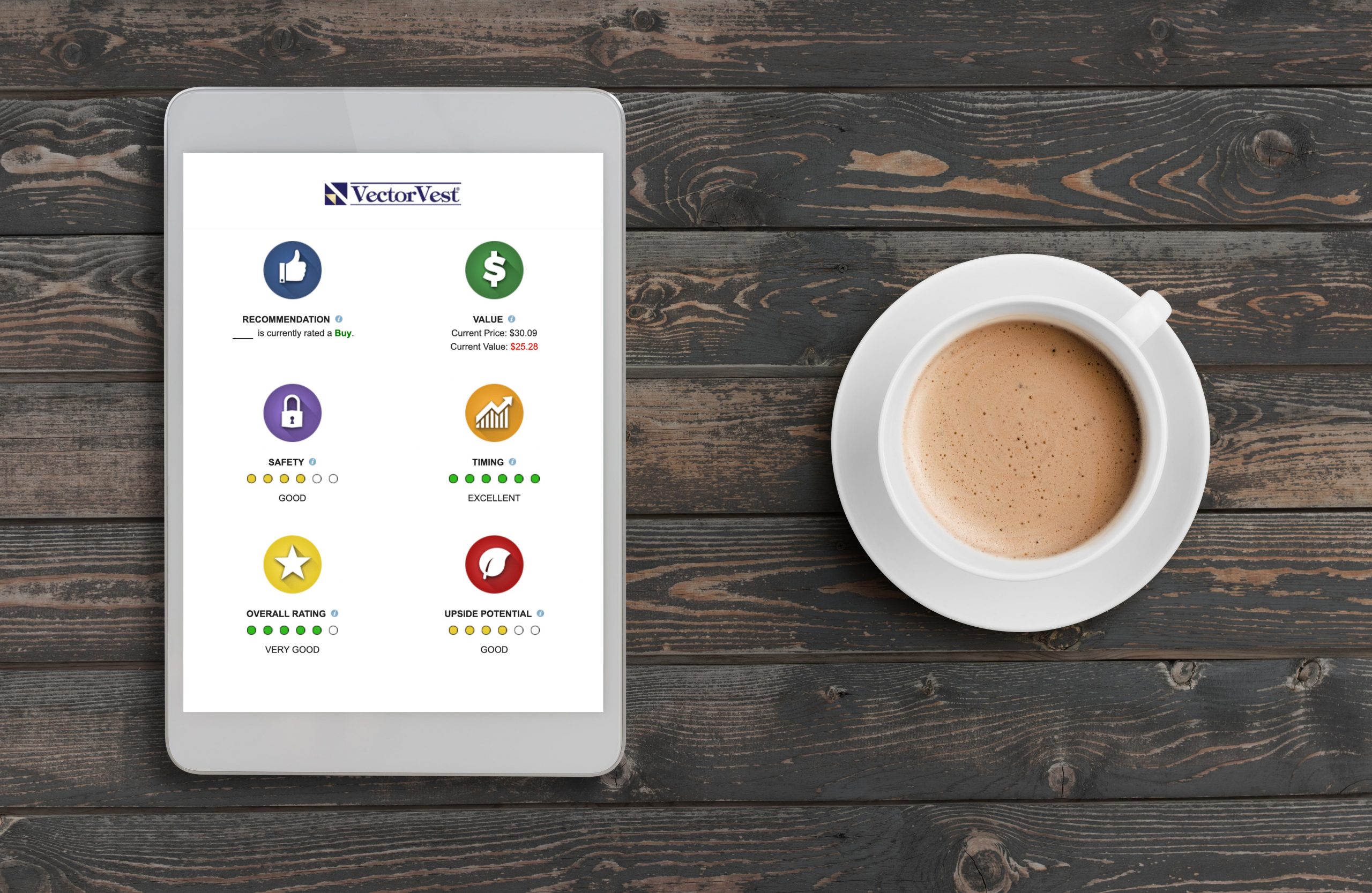Undeniably, geopolitical tensions around the world are increasing – with the current trade war between China and the U.S. being a notable example. For instance, President Biden has recently imposed large tariffs on Chinese imports into America. Conversely, in the last seven months alone, China has sold $74 billion of U.S. Treasuries and agency debt, according to Bloomberg.
Both actions have the potential to have significant ripple effects around the world, but it is the Chinese dumping of U.S. debt which is attracting a great deal of attention by market commentators.
One of the main reasons for raised eyebrows is that, historically, China has been a big investor in the U.S. Treasuries. In fact, a large portion of its foreign exchange reserves have been in U.S. debt.
So why has the country seemingly switched its strategy to one of reducing that debt?
Firstly, given that current geopolitical and economic tensions are high, China may be looking to lower its exposure to the U.S. in retaliation to those tensions escalating. Secondly, the Chinese are likely to be reassessing their monetary policies. As a result, China could well be seeking to mitigate risk by diversifying its holdings and reducing its exposure to just one specific type of asset/currency. Diversification would explain why it is now increasing its holdings in assets such as gold.
However, while it’s vital to analyze why China is selling its U.S. debt, it’s also important to identify what potential effects there could be on financial markets.
The most immediate impact of the large debt offload will be felt on the U.S. Treasury market, where the reduction in demand will also reduce prices due to basic supply and demand dynamics. Importantly, as the prices on treasuries go down, yields go up so borrowing costs will increase – affecting both consumers and corporations. For consumers, mortgage rates and car loans are higher. For companies, their debt repayments increase – potentially weakening income statements and balance sheets as well as stifling expansionary activities.
And that’s why the U.S. stock market could eventually be affected by China’s actions.
Investor confidence in equities often diminishes when interest rates are higher partly due to those increased borrowing costs. Increased borrowing costs cause revaluations, which are likely to be negatively affected. Plus, not only could the investment case for many stocks weaken if the cost of debt increases - causing investors to sell - but higher rates also increase investors' future required return, making them less likely to buy stocks as well.
Furthermore, in a higher rate environment, investors are lured away from the equity market into fixed-income securities such as Government bonds, which not only pay an increased return but also are perceived to be a safer investment too. The flight to safety may mean the U.S stock market experiences a reduction in liquidity as well, further hurting its performance.
Additionally, when China, as a big market player, sells such large amounts of debt, it has the potential to affect the wider economic landscape. When it comes to the U.S. specifically, the Chinese sell off may even affect the strength of the dollar, exchange rates, and even monetary or fiscal policy.
That’s because it’s down to the U.S. government or the Federal Reserve to step in to control any market jitters. For instance, the reduction of U.S. debt held by China could weaken the dollar, with demand for the currency dropping significantly. While that may benefit U.S. exporters as their goods become cheaper abroad, it also increases the cost of imports to the U.S., so inflationary pressures may increase. Crucially, when U.S. inflation increases to above a certain threshold, (currently 2%), the Fed often raises interest rates. However, that can further increase borrowing costs and dampen expansionary activity. Economic growth slows, which can then affect the U.S. stock market and, ultimately, its performance.
Taken together, then, the overall impact of China’s action may paint a less than rosy picture for U.S. investors. However, it’s not all doom and gloom. The U.S. has also started to follow a strategy of ‘onshoring’. It is looking to minimize its reliance on other countries for goods and, instead, is looking to bring as much of its supply chains back to U.S. soil. In doing so, not only does it protect itself against escalating geopolitical tensions that may have negative ramifications, but it also helps support its own stock market.
Want These Types of Insights at Your Fingertips so You Can Win More Trades?
Use VectorVest to analyze any stock free. VectorVest is the only stock analysis tool and portfolio management system that analyzes, ranks and graphs over 18,000 stocks each day for value, safety, and timing and gives a clear buy, sell or hold rating on every stock, every day.
Before you invest, check VectorVest! Click here to ANALYZE ANY STOCK FREE and see our system in action!
What you should do next…
- Get our latest blogs delivered right to your inbox, subscribe to our newsletter.
- The market moves fast! Get our most current evaluation of this stock with our FREE stock analysis tool.
- Looking for stock picks? Not sure if now is the right time to buy/sell? For a limited time, enjoy the full benefits of a 30-day subscription to VectorVest for only $0.99 (usually up to $148/month) . Get access to our full list of screeners showcasing our top stock picks that tell you exactly what to buy, when to buy, and when to sell.











Leave A Comment